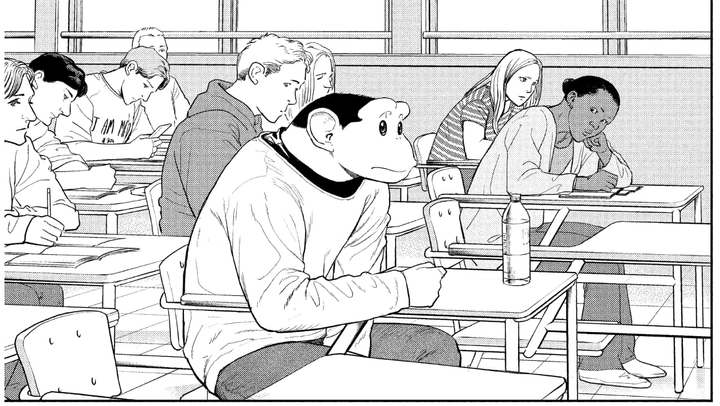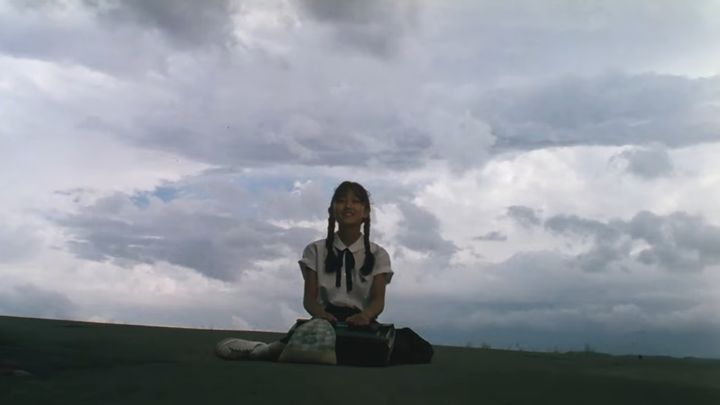White Smoke, River's Edge and FLCL
River's Edge is an 1994 comic drawn by manga legend Kyoko Okazaki. FLCL is a groundbreaking 2000 animated series. What could they possibly have in common? More than you'd think.
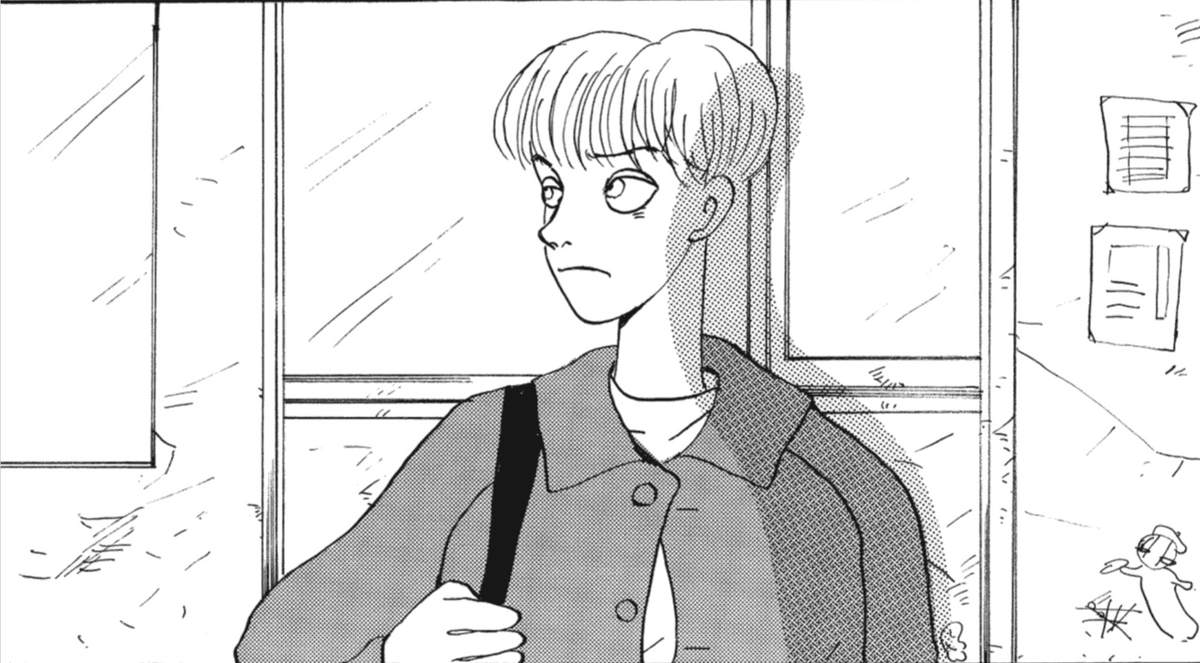
Welcome to this week’s installment of ANIWIRE! This week we’re talking about Kyoko Okazaki’s excellent comic River’s Edge and its connections to one of my favorite anime series, FLCL. Before that, though, here’s the news from the past week.
News
- Adult Swim released 3 new anime trailers: Lazarus, directed by Shinichiro Watanabe (Cowboy Bebop) and featuring a predictably killer music lineup; a new look at Uzumaki, Hiroshi Nagahama’s long-delayed adaptation of Junji Ito’s horror magnum opus; and Ninja Kamui, by former Jujutsu Kaisen director Sunghoo Park. (Plus some other stuff I don’t care about.)
- Tatsunoko Productions co-founder Ippei Kuri (Speed Racer) passed away this week, so Patrick Macias republished a 2008 Japan Times interview in his honor.
- Toei uploaded the first 10 episodes of popular basketball anime Slam Dunk to their YouTube page in HD. Unfortunately, the English subtitles are reportedly quite bad. Whoops!
- Mangasplaining has announced that they will be publishing Wandering Cat’s Cage, a series by Akane Torikai (Sensei's Pious Lie), in partnership with Fantagraphics. I recommend checking out this interview with Torikai courtesy of Mangasplaining’s Deb Aoki.
Bookmarks
- Amelie Doree returns to the horror visual novel well with a video about Shiniyuku Kimi.
- Tom Shapira read about every comic adaptation of Moby Dick he could find, and then wrote for Comics Journal about why so many of them miss the core of the book.
- Matteo Watzky interviewed Makiko Kanada and Masatsune Noguchi, the wife and colleague of anime legend Yoshinori Kanada.
- Another review of Hayao Miyazaki’s The Boy and the Heron/How Do You Live?, courtesy of Baxter.
- For Anime Herald, Samantha Ferreira wrote about early anime fan zine culture in the United States.
- For Anime News Network, Lynzee Loveridge interviewed horror artist Masaaki Nakayama (PTSD Radio.)
- For Inverse, Hoi Tran Bui wrote about Akira for its 35th anniversary, and why we’ll probably never see another animated film quite like it.
AMV of the Week
Here’s “Misunderstood” by Prostrate Constantly.

FLCL is a 6 episode series released direct to DVD from April 26th 2000 to March 16th 2001. Later it was picked up by Adult Swim and became a regular part of their rotation alongside Cowboy Bebop and Fullmetal Alchemist. It’s one of my favorite anime of all time, a perfect storm of sex jokes, rock music and maximalist animation. It also can never be replicated. FLCL was made at a specific moment in the history of Studio Gainax between the release of Evangelion and the rise of a new school of animators led by FLCL ace Hiroyuki Imaishi. A mass staff exodus permanently split the team just a few years later. These artists would make interesting work in their own respective corners of the industry, but only rarely together.
Others have tried to capture the FLCL formula. Adult Swim commissioned two sequels back in 2018, with two more on the way. Those sequels were well-intentioned but inferior to the original. There’s something fitting about that, though. FLCL is a story about adolescent nostalgia, a half-remembered past. The backgrounds are hazy and faded. The characters live in a town filled with nonsensical things, like robot hands and a giant iron that spits smoke. They spend afternoons and evenings wandering riversides, bridges, liminal spaces. FLCL is a story of childhood recalled by a cynical adult, complete with fudged details and moments of shocking transcendence.
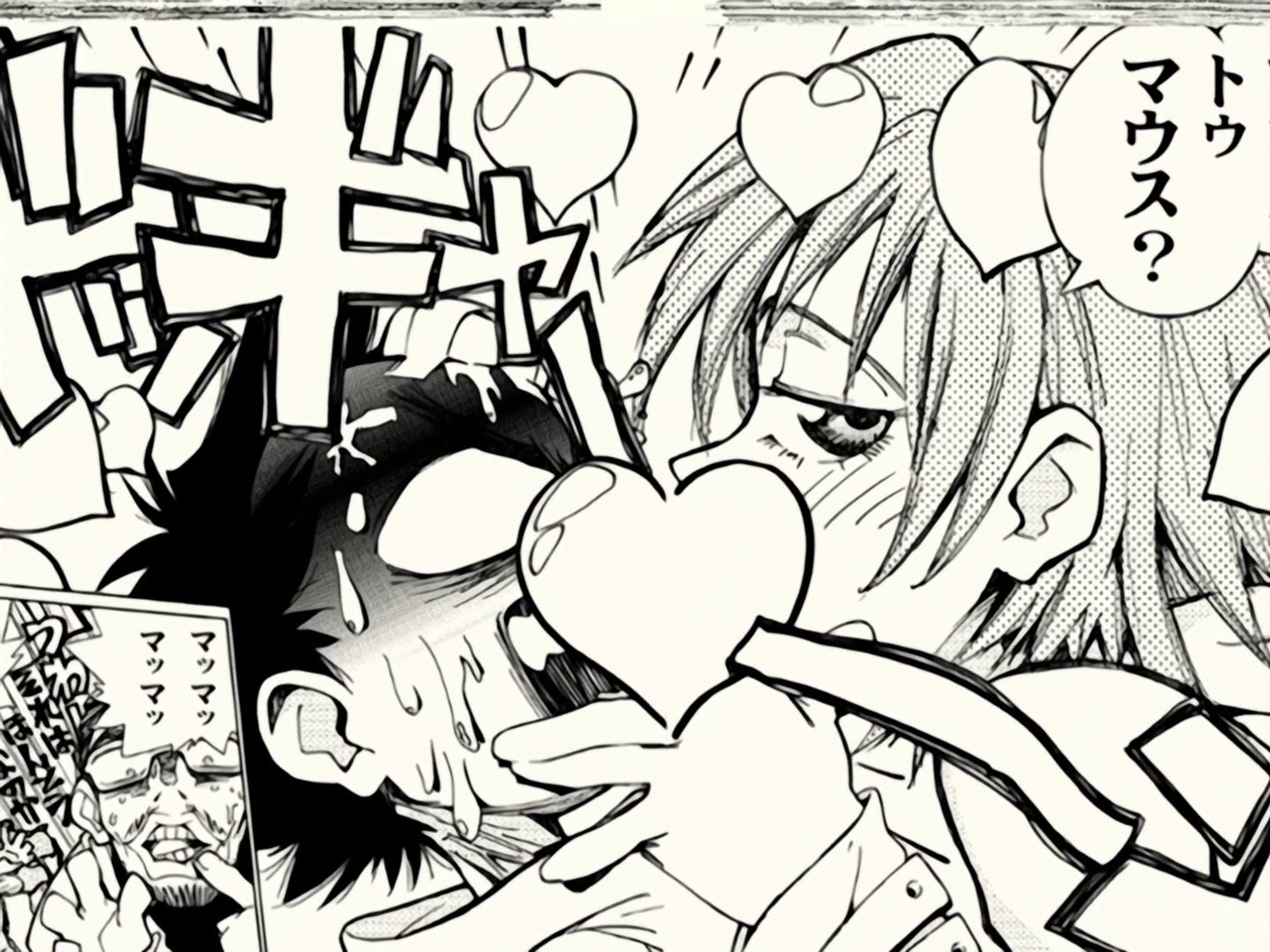
Finding art in the vein of FLCL means returning to the past. In FLCLick Noise (translated by Ash Kantor) director Kazuya Tsurumaki cites comics published in Weekly Young Magazine by artists like Minoru Furuya (Ciguatera) as an influence on the series. Furuya and his cohort drew stories about teens that refused to shy away from “the twisted and negative aspects of youth.” These kids smoked, cheated on their partners and made terrible mistakes. Sure, these artists had their cake and ate it too. Ciguatera is a dark comedy driven by second-hand embarrassment, but it’s also a fantasy about an awkward boy going out with a girl who’s out of his league. To Tsurumaki, though, these stories were important in that they “[didn’t] always have a happy ending.” Failure is as much a part of life as success, after all.
The comic that is most like FLCL did not run in Weekly Young Magazine. Instead it ran in CUTiE, a fashion magazine targeted at teen girls. This series was Kyoko Okazaki’s 1994 manga River’s Edge. Vertical released an overdue English translation this year. I purchased a copy expecting something along the lines of Okazaki’s other masterpieces, Pink and Helter Skelter. Instead I was shocked to find FLCL’s spiritual predecessor. The bridge is there. The riverside is there. The heroine, Haruna, monologues as often as FLCL’s Naota does. There is no giant hand iron, but there is a factory pumping out smoke.
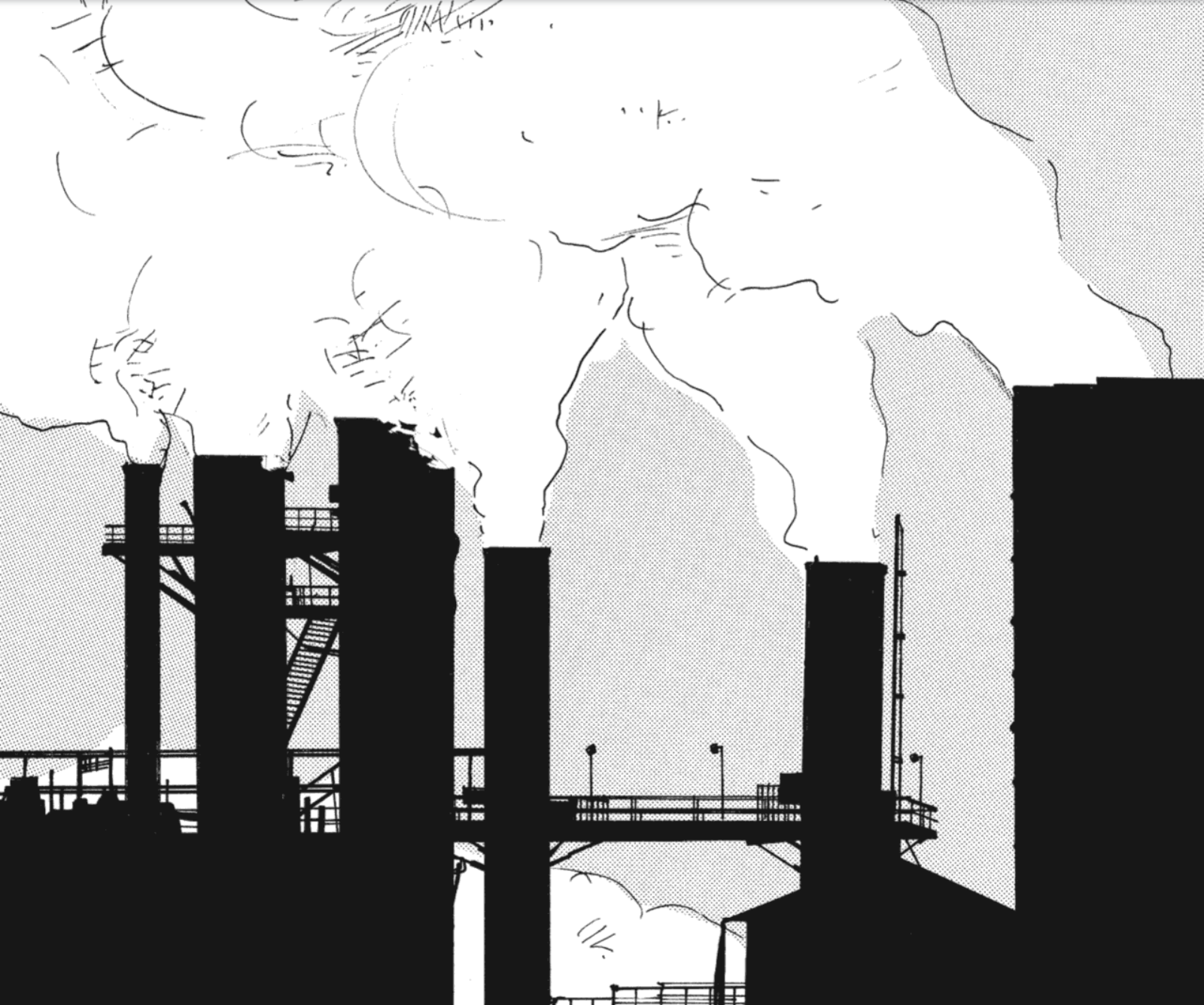
River’s Edge is an apocalyptic comic. Haruna and her friends inhabit a world on its last legs. Adults and teachers are scarce. The walls are crammed with graffiti. The kids sleep with adults for money, bully their classmates and fret about the destruction of the ozone layer. Anything that is good, like the cute kittens by the river, is inevitably killed. The most exciting thing to happen to Haruna and her friends is a corpse found by a river named for aborted fetuses. They live in purgatory, not the youthful heaven that high school is portrayed as in contemporary Japanese pop culture.
Kyoko Okazaki lets her characters be unsympathetic. One of these characters, Yamada, is a bullied gay teen who sometimes sleeps with older men. He has a “girlfriend” named Kanna that he doesn’t like but keeps stringing along anyway. The wounds inflicted on Yamada by bullies, and the wounds Yamada inflicts on Kanna, are allowed to co-exist. Similarly, Yamada’s bully Kannonzaki is given moments of vulnerability and a rationale for his bad behavior, even if he's otherwise the absolute worst. Kyoko Okazaki understands that people commit violence according to their histories rather than their natures.

The girls are complicated as well. Teenage fashion model Kozue is a binge eater and a nihilist who shares Yamada’s outsider spirit. (She re-appears in Okazaki’s later comic Helter Skelter.) Haruna’s friend Rumi disapproves of her relationship with Kannonzaki, but sleeps with him behind Haruna’s back and eventually gets pregnant. Haruna herself is the easiest to relate to, as a teen willing to stand up to bullies and cry over dead kittens. But even she can’t get over her bond with Kannonzaki even though she recognizes he sucks.
River’s Edge’s connection with FLCL is an open secret. Hazel’s FLCL video (which features a discussion of, you guessed it, FLCLick Noise) names the comic as an influence. In the second chapter of FLCLick Noise, Tsurumaki as well as character designer Yoshiyuki Sadamoto references Okazaki’s work. Sadamoto says even earlier in FLCLick Noise that he “personally wanted to feature the art style of Moyoco Anno-san,” referring to her use of “scratchy lines.” Moyoco Anno was Kyoko Okazaki’s assistant, a great comics artist in her own right and the wife of Evangelion director Hideaki Anno. So it goes that the josei manga of the 1980s and 1990s (targeted at older women) were as much a part of Gainax's creative DNA at that time as Ultraman.

Gainax’s founding work was Daicon IV, an animated short made for a fan convention featuring their personal nerd canon: fantasy, science fiction, cute girls and American superheroes. Comics and animation for women had no place there. This changed with the studio’s 1988 OVA Gunbuster, which riffed on shojo (girls comics) sports series Aim for the Ace! By the time of Evangelion and FLCL, Gainax borrowed gleefully from the likes of Okazaki and Anno. It’s no accident that Evangelion’s successor at Gainax was Kare Kano, an adaptation of a romance comic for girls.
Tsurumaki, Sadamoto and Hideaki Anno were not the only male artists to take inspiration from shojo comics. In 1997, Revolutionary Girl Utena combined Chiho Saito’s long-limbed character art with the countercultural theater and cinema of the 1960s. (One of Utena’s scriptwriters, Yoji Enokido, wrote FLCL’s script.) Years later, the visual novel and anime franchise Fate/Stay Night took direct inspiration from Utena, as writer Kinoko Nasu admitted himself. Another fellow traveler is the late Kentaro Miura, who said in an interview that his comic Berserk is comparable to shojo manga in its focus on close character relationships.
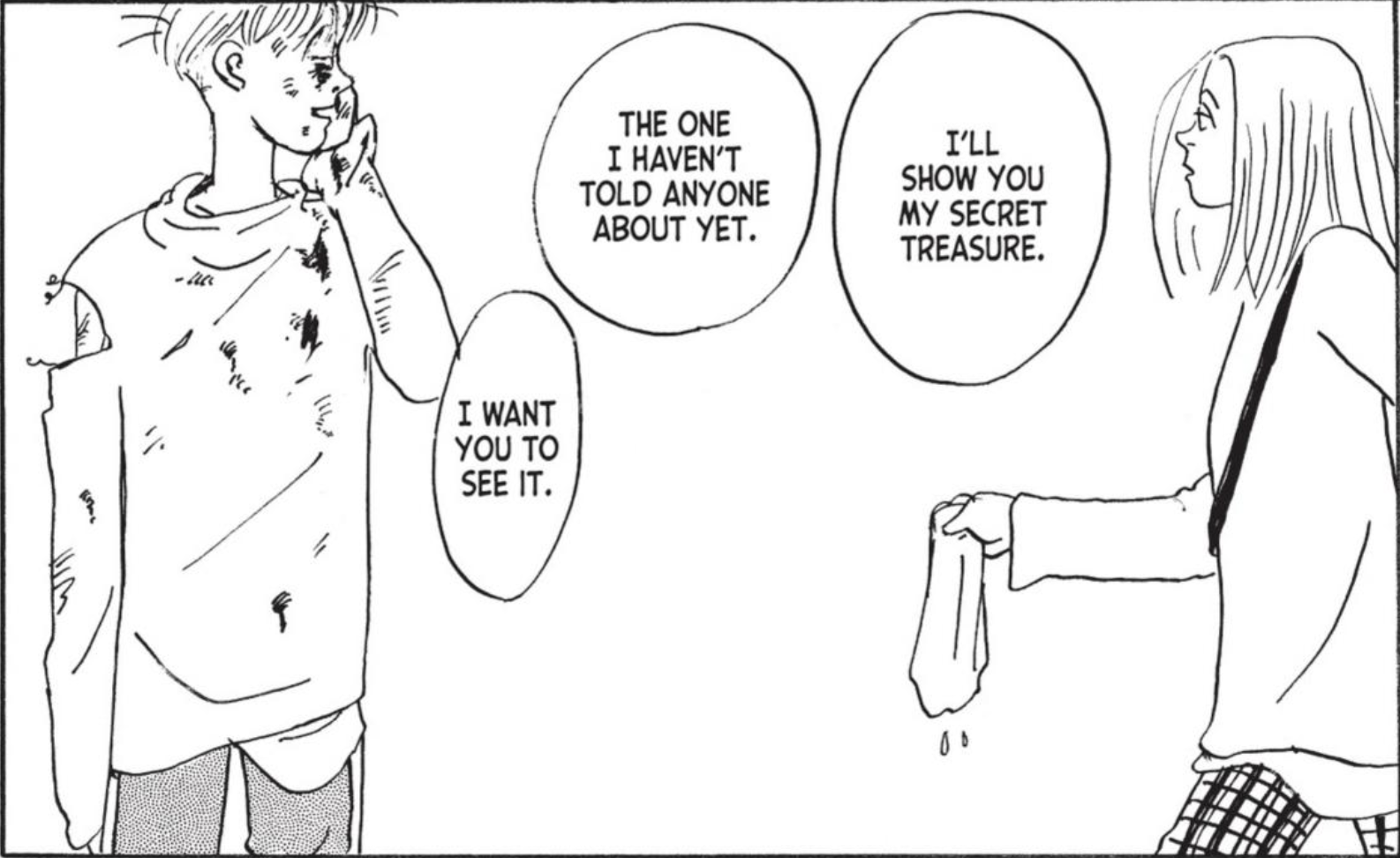
Just like FLCL, River’s Edge is rooted in the past. Okazaki was hit by a drunk driver in 1996 and has been recovering ever since. While many artists since have followed her lead, she herself hasn’t released a comic in years. The bulk of her work is rooted in the decadence of the 1980s economic bubble and its collapse in the 1990s. Reading Pink or River’s Edge means traveling back in time to a world of distinct fashions, pop culture and era-specific fears. If River’s Edge was written today, for instance, Haruna would be worried about climate change instead of the ozone layer.
Shojo and josei comics remain undervalued by the anime and manga industry. Only a handful of these comics are localized compared to the waterfall of shonen (boy’s comics) and isekai (portal fantasy) stories published each year. Anime adaptations are low-budget affairs compared to lavish Shonen Jump shows like Jujutsu Kaisen or Chainsaw Man. Just look at Netflix’s recent series Ooku, which retains josei manga artist Fumi Yoshinaga’s excellent story but fails to dramatize that story through animation or creative storyboarding.
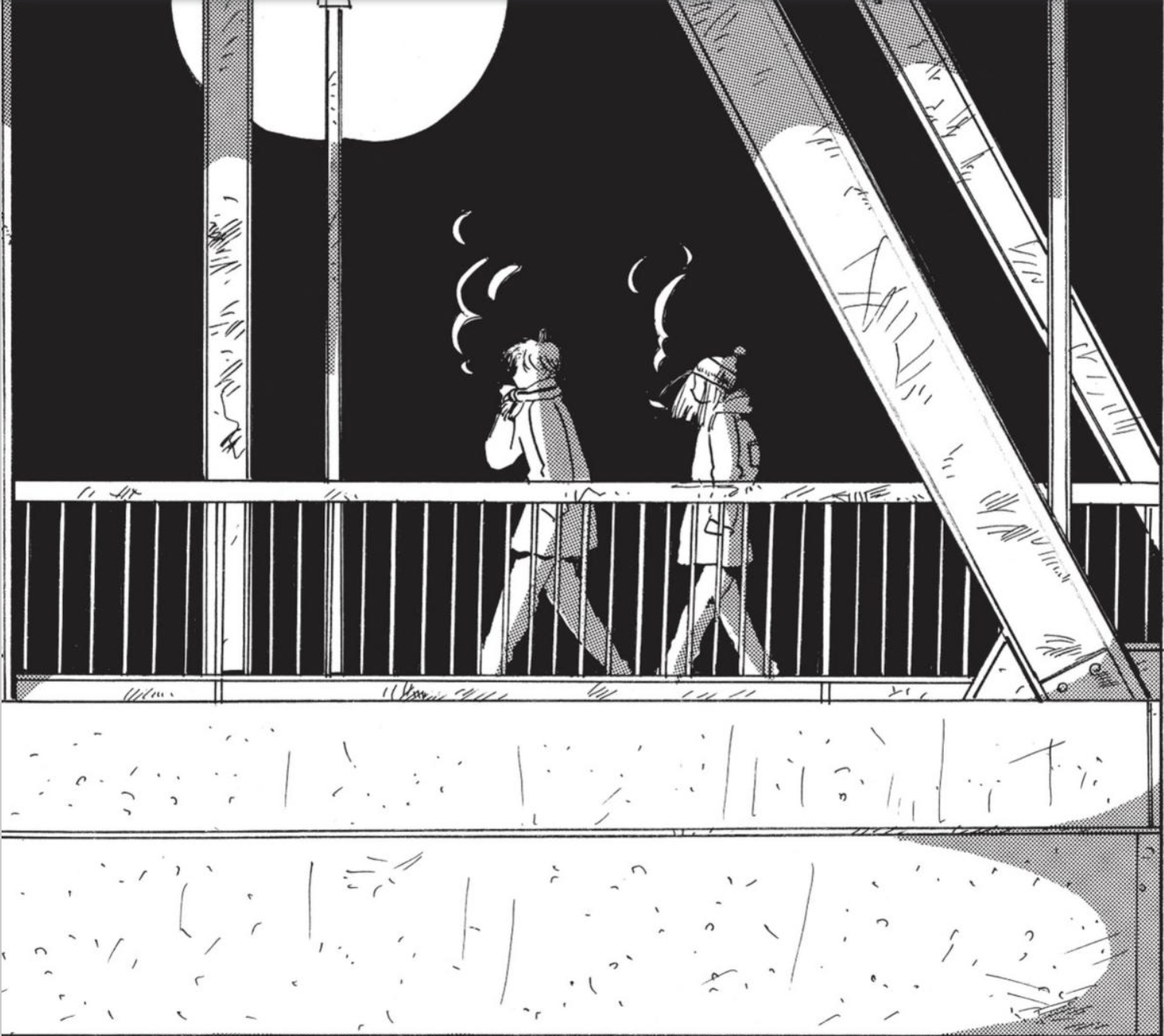
The comics, though, are as good as they ever were. Deb Aoki and Jocelyne Allen have been moving heaven and earth to secure English licenses for the likes of Akane Torikai and Kotteri! Meanwhile, you can buy River’s Edge today for just $15.99. As manga scholar Kanta Ishida says of Okazaki’s work: “In a world that is already broken, we have to fight through our endless daily lives even though we know we are empty–she exposed this to us cruelly, airily and ruthlessly.” That’s where the heart lies, a heart that Tsurumaki and company stitched into the original FLCL. Accept no substitutes.
Further Reading
Comics podcast Thick Lines did a recent episode about River’s Edge. Check it out!
Meanwhile, FLCLick Noise translator Ash Kantor wrote about the William Gibson quotation in River's Edge, and whether the quote in the English language edition matches Okazaki's original intent.
